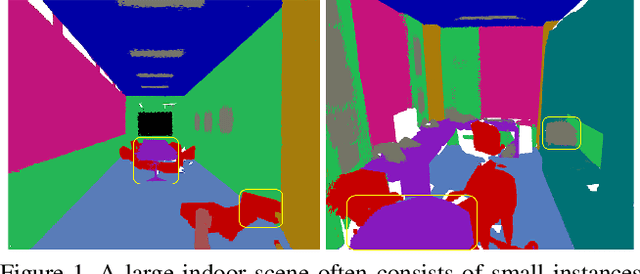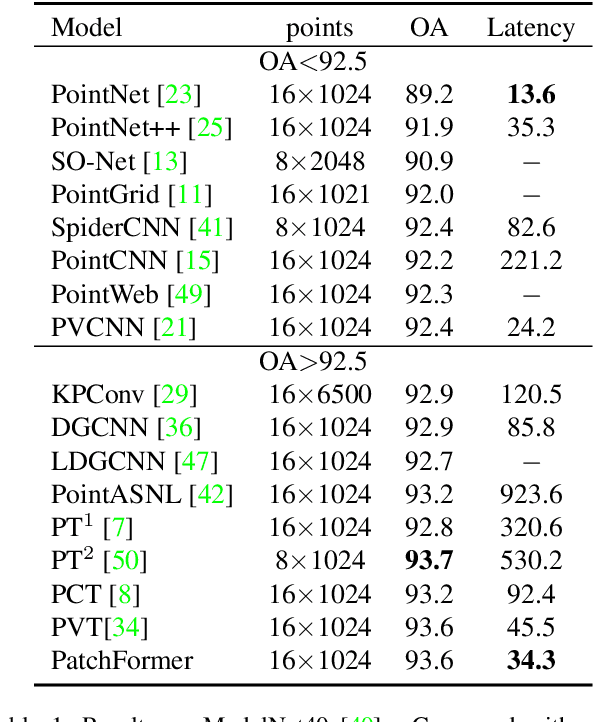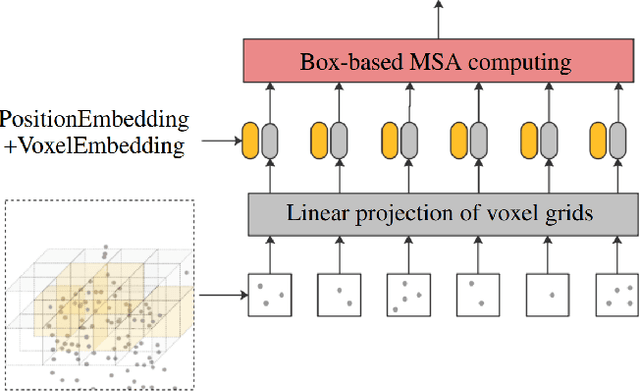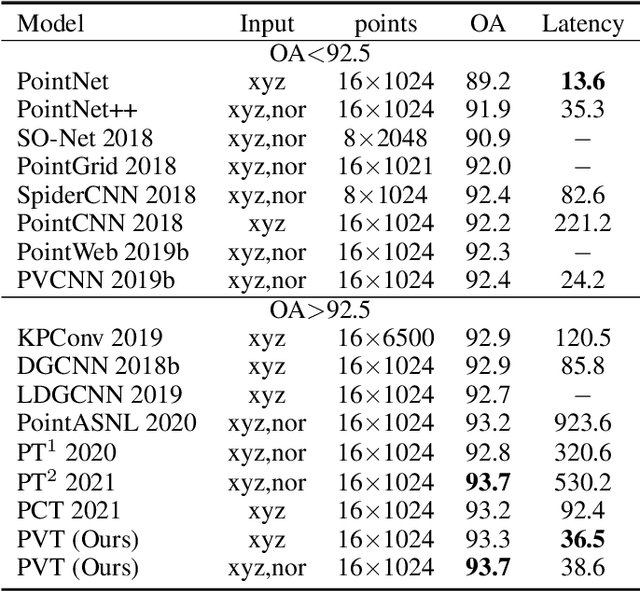Xinyi Shen
An Empirical Study on Context Length for Open-Domain Dialog Generation
Aug 31, 2024Abstract:Transformer-based open-domain dialog models have become increasingly popular in recent years. These models typically represent context as a concatenation of a dialog history. However, there is no criterion to decide how many utterances should be kept adequate in a context. We try to figure out how the choice of context length affects the model. We experiment on three questions from coarse to fine: (i) Does longer context help model training? (ii) Is it necessary to change the training context length when dealing with dialogs of different context lengths? (iii) Do different dialog samples have the same preference for context length? Our experimental results show that context length, an often overlooked setting, deserves attention when implementing Transformer-based dialog models.
Local and Global Contexts for Conversation
Jan 31, 2024Abstract:The context in conversation is the dialog history crucial for multi-turn dialogue. Learning from the relevant contexts in dialog history for grounded conversation is a challenging problem. Local context is the most neighbor and more sensitive to the subsequent response, and global context is relevant to a whole conversation far beyond neighboring utterances. Currently, pretrained transformer models for conversation challenge capturing the correlation and connection between local and global contexts. We introduce a local and global conversation model (LGCM) for general-purpose conversation in open domain. It is a local-global hierarchical transformer model that excels at accurately discerning and assimilating the relevant contexts necessary for generating responses. It employs a local encoder to grasp the local context at the level of individual utterances and a global encoder to understand the broader context at the dialogue level. The seamless fusion of these locally and globally contextualized encodings ensures a comprehensive comprehension of the conversation. Experiments on popular datasets show that LGCM outperforms the existing conversation models on the performance of automatic metrics with significant margins.
UADB: Unsupervised Anomaly Detection Booster
Jun 03, 2023Abstract:Unsupervised Anomaly Detection (UAD) is a key data mining problem owing to its wide real-world applications. Due to the complete absence of supervision signals, UAD methods rely on implicit assumptions about anomalous patterns (e.g., scattered/sparsely/densely clustered) to detect anomalies. However, real-world data are complex and vary significantly across different domains. No single assumption can describe such complexity and be valid in all scenarios. This is also confirmed by recent research that shows no UAD method is omnipotent. Based on above observations, instead of searching for a magic universal winner assumption, we seek to design a general UAD Booster (UADB) that empowers any UAD models with adaptability to different data. This is a challenging task given the heterogeneous model structures and assumptions adopted by existing UAD methods. To achieve this, we dive deep into the UAD problem and find that compared to normal data, anomalies (i) lack clear structure/pattern in feature space, thus (ii) harder to learn by model without a suitable assumption, and finally, leads to (iii) high variance between different learners. In light of these findings, we propose to (i) distill the knowledge of the source UAD model to an imitation learner (booster) that holds no data assumption, then (ii) exploit the variance between them to perform automatic correction, and thus (iii) improve the booster over the original UAD model. We use a neural network as the booster for its strong expressive power as a universal approximator and ability to perform flexible post-hoc tuning. Note that UADB is a model-agnostic framework that can enhance heterogeneous UAD models in a unified way. Extensive experiments on over 80 tabular datasets demonstrate the effectiveness of UADB.
PatchFormer: An Efficient Point Transformer with Patch Attention
Dec 02, 2021



Abstract:The point cloud learning community is witnesses a modeling shift from CNNs to Transformers, where pure Transformer architectures have achieved top accuracy on the major learning benchmarks. However, existing point Transformers are computationally expensive since they need to generate a large attention map, which has quadratic complexity (both in space and time) with respect to input size. To solve this shortcoming, we introduce Patch attention (PAT) to adaptively learn a much smaller set of bases upon which the attention maps are computed. By a weighted summation upon these bases, PAT not only captures the global shape context but also achieves linear complexity to input size. In addition, we propose a lightweight Multi-scale attention (MST) block to build attentions among features of different scales, providing the model with multi-scale features. Equipped with the PAT and MST, we construct our neural architecture called PatchFormer that integrates both modules into a joint framework for point cloud learning. Extensive experiments demonstrate that our network achieves comparable accuracy on general point cloud learning tasks with 9.2x speed-up than previous point Transformers.
Point-Voxel Transformer: An Efficient Approach To 3D Deep Learning
Aug 13, 2021



Abstract:Due to the sparsity and irregularity of the 3D data, approaches that directly process points have become popular. Among all point-based models, Transformer-based models have achieved state-of-the-art performance by fully preserving point interrelation. However, most of them spend high percentage of total time on sparse data accessing (e.g., Farthest Point Sampling (FPS) and neighbor points query), which becomes the computation burden. Therefore, we present a novel 3D Transformer, called Point-Voxel Transformer (PVT) that leverages self-attention computation in points to gather global context features, while performing multi-head self-attention (MSA) computation in voxels to capture local information and reduce the irregular data access. Additionally, to further reduce the cost of MSA computation, we design a cyclic shifted boxing scheme which brings greater efficiency by limiting the MSA computation to non-overlapping local boxes while also preserving cross-box connection. Our method fully exploits the potentials of Transformer architecture, paving the road to efficient and accurate recognition results. Evaluated on classification and segmentation benchmarks, our PVT not only achieves strong accuracy but outperforms previous state-of-the-art Transformer-based models with 9x measured speedup on average. For 3D object detection task, we replace the primitives in Frustrum PointNet with PVT layer and achieve the improvement of 8.6%.
 Add to Chrome
Add to Chrome Add to Firefox
Add to Firefox Add to Edge
Add to Edge